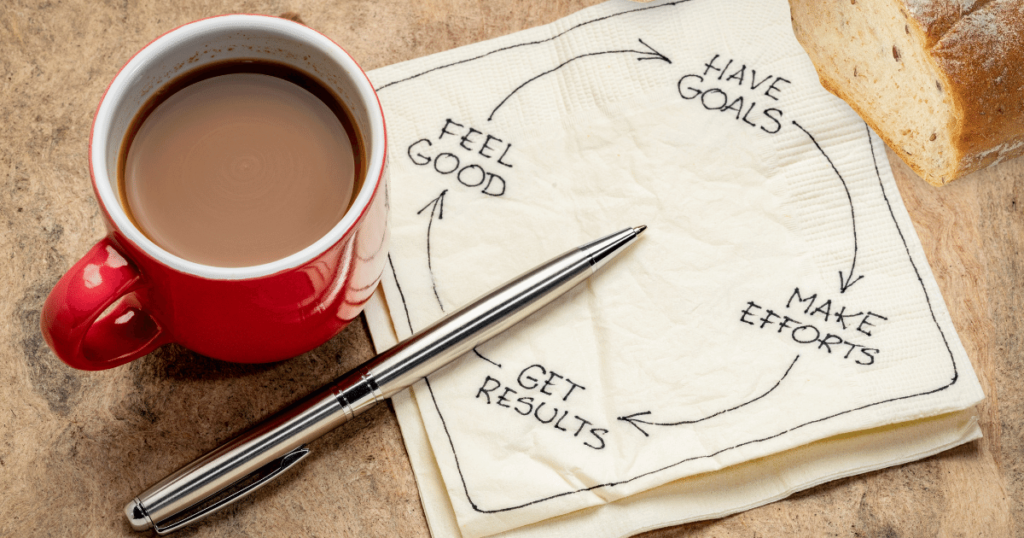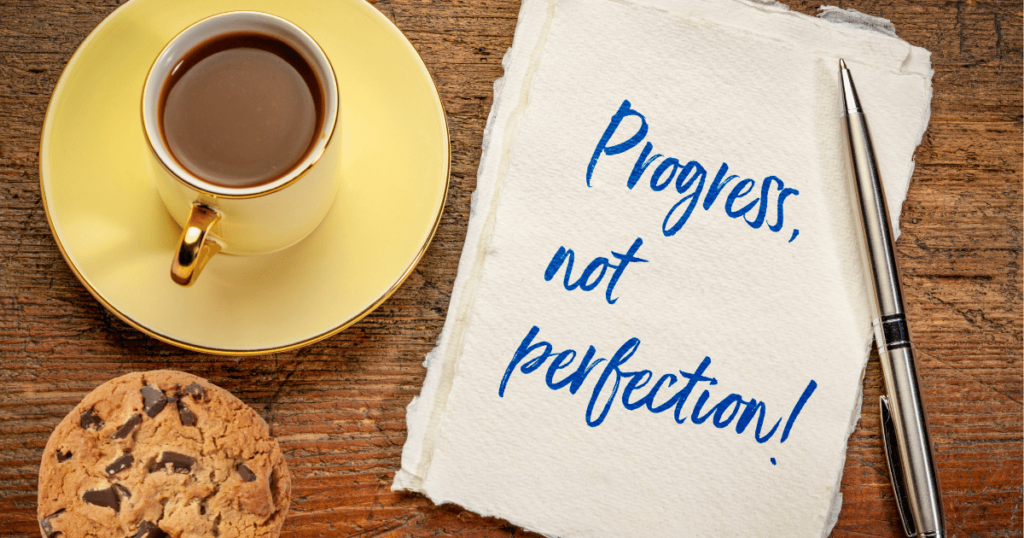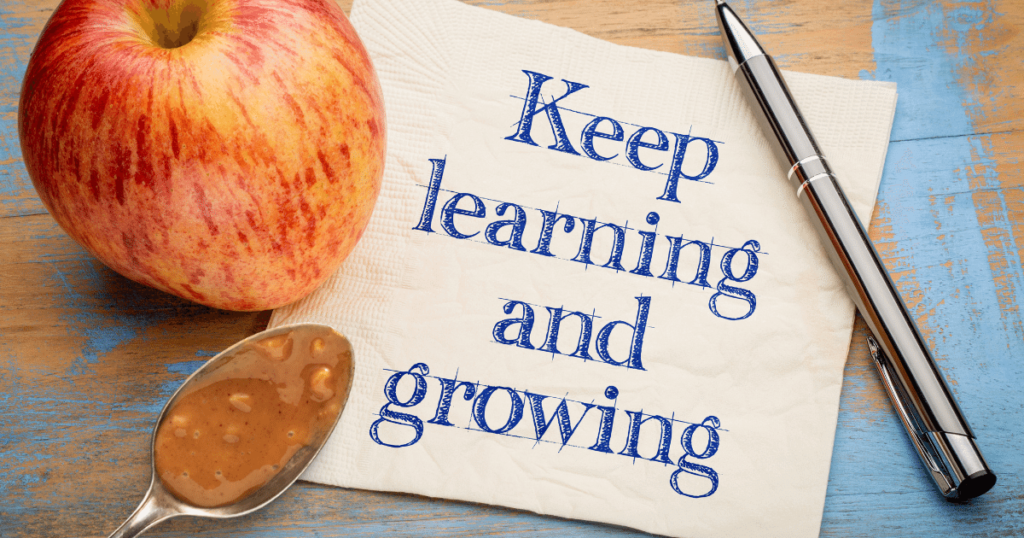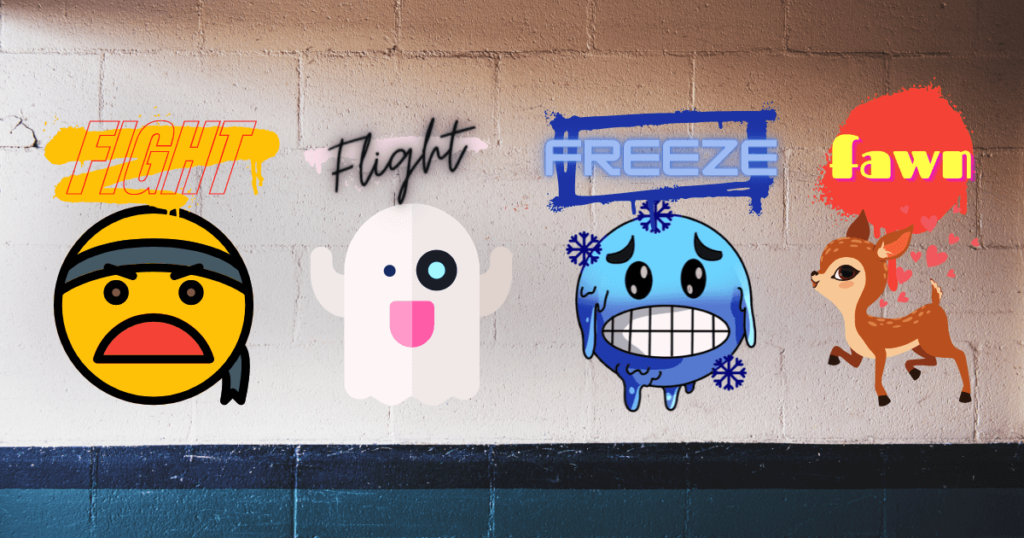Why Do I Call It The Do Stuff Process?


I’m gonna go do some stuff.
I have stuff I gotta do.
Stop distracting me! Look at all this stuff.
Let’s get this stuff over with.
I never thought this kind of stuff could happen to me.
I can’t! There’s just too much stuff to figure out and go through.

Do Stuff, for me, attempts to remove the varied importance or emotions we place on the decisions we make and actions we take in our personal, professional, and community lives.
It’s all stuff. We either need to, want to, don’t want to, or will never do all the stuff.
But some stuff will get done. We have a choice on what stuff we do and how we do the stuff.
Equalize The Stuff
In Do Stuff, I’m trying to remove the individualized importance we put on some stuff. See each as a task that other humans have done before, and so can you.
We are infinitely creative beings surviving in an organic meat suit in one of the most advanced and progressive civilizations ever known. There isn’t much that is worthy of a lot of the emotional energy we put into things that are keeping us from living the life we want.
Do Stuff Process
The Do Stuff process:
Know Yourself.
Set Goals.
Make Informed Decisions.
Timers and Take Action.
Celebrate Accomplishments.
Let’s go over each of the Do Stuff Process steps.

1. Know Yourself
There are two aspects to this. One is how you understand yourself through your Brain, Body, and Mind. The other is how you Communicate your understanding of yourself to others.

Brain, Body, and Mind
First is understanding your Brain, Body, and Mind and how they work together (or not) as you do stuff on your personal affairs, business, or social circles.
The typical example we can all understand is a high-level professional athlete. An athlete has to consider their Brain (survival expert), Body (meat suit), and Mind (infinitely creative) for everything they do. Their understanding of how each plays a part in their progress or injury means the difference between winning and losing.
The athlete and coaches of these athletes have seen enough patterns to know when that athlete is the best for pushing, performing, resting, and healing.
We need to be the athlete and the coach to ourselves when we take action (or not) in our lives.
Communication
I’m a:
Scorpio/Sagittarius
Physical/Acts of Service
Challenger
ENFP/INFP (depending on the state of the world)
Creator/Star/Mechanic
Quick Start
Some people are reading that right now, making certain assumptions or conclusions about me based on those words I chose to communicate who I feel I am inside.
Most likely, the Scorpio/Sag. lol
These titles may tell you some things about me if you’re familiar with what they came from and their profiles. These titles assume that everyone would understand these words in the same way. Their experiences with other people with these titles, or even the words chosen to represent them, will be the same as how I feel about them.
If not, it may not mean anything.
I find any kind of professional or personality assessment to be a fantastic tool because their horoscopes, profile types, or assessment reports give me the language to communicate with myself and other people – parts about me.
Parts about me that have no language. My Why (~ 7-min).
I only know it through a feeling in my gut. When I can pick the right words to communicate myself to others, I have a better chance of making a real connection and creating a stronger relationship in the long term.
They don’t have to make assumptions or conclusions to determine who I am.
From there, I can more clearly communicate who I feel I am within myself and to others. These statements are from some of the above reports. I have personalized them a bit more to fit me.
I have deep thoughts. I’m loyal, devoted, and have a lot of passion. Every day I can be a little intense. Sometimes very intense.
I have an intellectual curiosity. I will boldly take on a new challenge. I like expansion. I love change.
I show my love through performing acts of service for others. I have set up websites. Wrote business plans. Created investor pitch decks. Given countless hours of free coaching. Launched courses. Designed marketing campaigns. I simply liked the person and wanted to see them have that thing done and move ahead.
I’m strong. Self-confident and assertive. I like to control my environment, so I made my site. I can be confrontational.
I’m compassionate, nonjudgmental, and always willing to hear another person’s story – as long as that person isn’t an asshole. When someone opens up to me or turns to me for comfort, I feel honored to listen and be of help.
I’m a creative problem solver. However, I should not oversee a team as I distract them with my constant new ideas.
I’m great at talking about other people and their businesses and products, but I lack a consistent ability to promote myself or my things.
Last, I can show up and unlock the door on something real or virtual and run something already in place, improving on it a little here and there temporarily. I will get bored very quickly and want to get back to problem-solving and promoting others.
I’m an experimenter. I act without knowing the outcome. Typically, I will say, “Let’s just try something.”
This helps me communicate to others things that I’m good at and things that I should avoid because I won’t be great at them, and they just won’t work for me in the long term.
Knowing Yourself means understanding how you best or don’t function and the language to communicate that to others.

2. Set Goals
In the next step, we set goals.
I use a tool called the Wellness Wheel to cover all of the areas of our life.
The Wellness Wheel covers eight areas:
Emotional – Your Brain
Physical – Your Body
Occupational – Your Work
Financial – Your Money
Environmental – Your Spaces
Social – Your Support
Intellectual – Your Mind
Spiritual – Your Being
This ensures that we look at all aspects of our life and not just the areas that are easy or where we do stuff naturally well.
It’s the areas of challenge and struggle that need attention as well. They are the ones, when left unattended, that can stall or ruin the others.
Simply considering those areas of your life as you explore the goals you want to set is a great start.
Using the internet to find graphics or assessments to examine those areas further as you set goals is even better.
If you join my site, you’ll get access to a Wellness Wheel Course and Assessment and groups where you can get help setting your goals and taking action to achieve them.
Setting goals is how we communicate to ourselves and others what we are working on or toward in our lives.
Once our goals are set, we set the steps to achieve each goal and prioritize the steps.

3. Make Informed Decisions
Whatever goals you’ve set – someone else has done this or something similar before. Whatever you can think of as a goal, someone has made a blog, website, or video of their experience for you to consider as you decide how you will get that goal.
Making informed decisions means connecting with others who have done or are doing what you want to do. Sharing your plan or initial steps. Asking for input or feedback on your plans.
Once they’ve had a chance to respond, you will consider their feedback and make the best decisions for you right now on the steps and actions you will take.
Making informed decisions helps us save time, energy, and potentially devastating outcomes.

4. Timers and Take Action
Setting the goals and defining the next action steps is hard work.
Now that you have the list – it’s easy. Set a timer and follow the list, and do stuff!
Timers are essential because the Brain has no idea what a marketing plan is or how long that’s going to take. Without this knowledge, the Brain will not let you focus for long. It will only allow the Mind to use the Body to create that plan if it knows that when a timer goes off, we’re going to check the perimeter and ensure there are no tigers incoming.
I made three timers for this step.

5. Celebrate Accomplishments
Doing stuff is hard. Some stuff we get satisfaction in the process and doing the task itself.
Other stuff may lack any joy or feeling of reward. In these circumstances, you may need to set a reward to work towards instead of the completion of the task as the reward.
Whatever it takes to do stuff and get stuff done toward our goals.

When It’s Not Working
There are times when the Brain isn’t interested in anything your Mind thinks you need to do.
These can come from fatigue, hunger, thirst, confusion, hormones, previous emotional flood, real fears, and even manufactured fears.
When this happens, understanding WHAT is happening in your Brain, Body, and Mind can reduce your downtime.
Empathy and grace as you do and accomplish stuff in your life can help you assess what is needed to move on and reduce your downtime.

Do Stuff
To do stuff, the stuff that matters, requires some time and thought before the action is taken. A process and routine to follow that support your ideal output.
This Do Stuff Process has been constructed to do just that. I’ve put it together after watching myself, and other women entrepreneurs suffer with confusion, choosing in haste, and being unable to manage their energy to do long-term stuff.
I created this site as a place that supports and celebrates just the act of doing stuff – choosing the stuff you do based on the direction you want to go and the place you want to be in your personal, professional, and community life – and doing it.
I hope it helps you.
Free Do Stuff Member Account
If you are ready to Do Stuff using the Do Stuff Process and Wellness Wheel, check out the Membership page.




